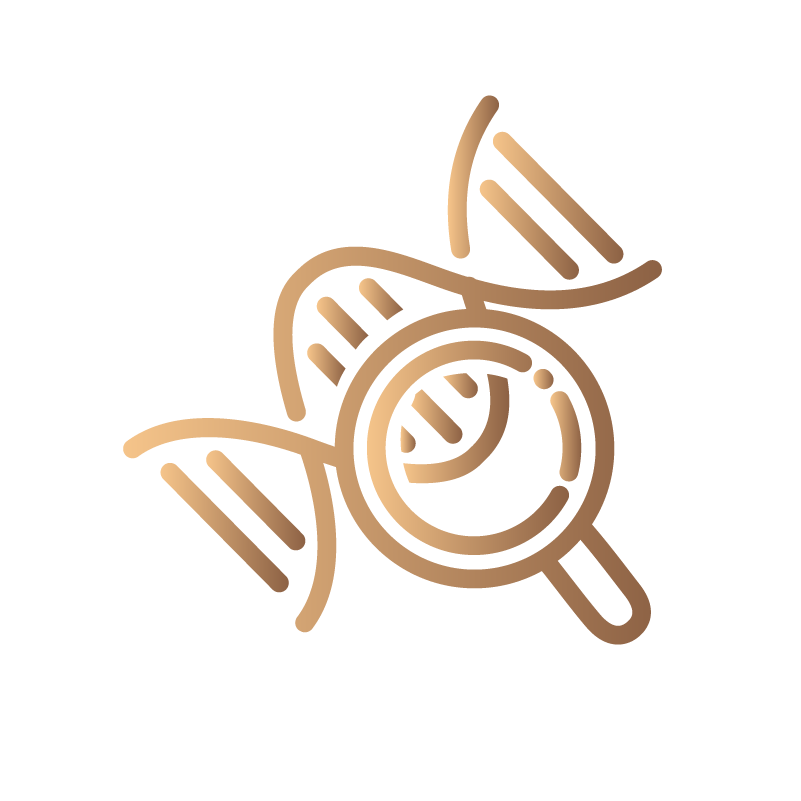It is a very heterogeneous picture, with very variable clinical manifestations in those affected. In 2003, a group of experts met in Rotterdam to establish the necessary criteria for the diagnosis of the disease, known as the Rotterdam criteria. According to this consensus, diagnosis of the disease requires the presence of two of the following three clinical signs:
oligoovulation/anovulation
hyperandrogenism
ultrasound image of polycystic ovary
(The Rotterdam ESHRE/ASRM‐sponsored PCOS consensus workshop group, 2004)
However, the disease is also associated with metabolic problems that may include obesity, insulin resistance, hyperinsulinemia, and type 2 diabetes mellitus.



